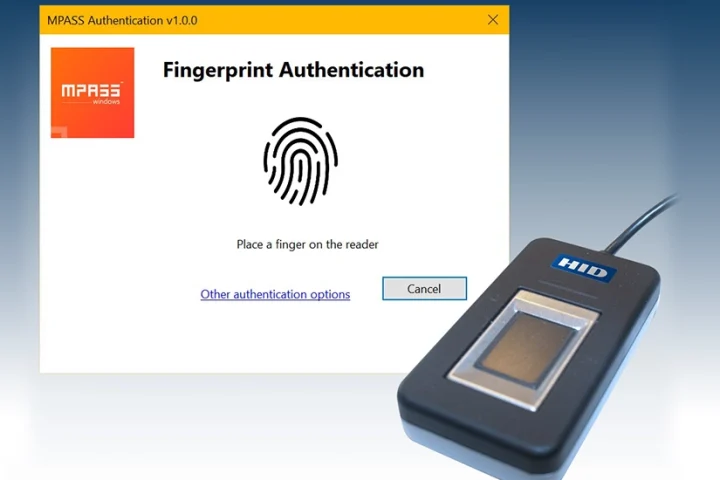Given the growing role of digital technology in every business’s operations, independent software vendors have excellent growth prospects for the next few years. However, the enterprise software landscape is changing rapidly, and ISVs must be agile to keep up. The most important disruption they face is the shift to cloud, accelerated by the impact of the pandemic.
According to Gartner’s forecasts, the market for cloud solutions – which includes software as a service – will be twice the size of the non-cloud market by 2022. This represents hundreds of billions of dollars of value at stake. Yet many ISVs that come from the on-premises software world are not sure how to create a future-proof foundation for a SaaS business.
This is understandable, given the transition will affect everything from the organisation’s sales cycles and business model to the technology skills it will require. The good news is that once SaaS becomes a way of life for an ISV business, this new approach makes it easier to stay ahead of the latest changes in customer needs and the business and technology environment.
Given the speed of the transition to SaaS, the most successful ISVs will be those that started as cloud-native businesses or started an early transition to the cloud. This transition should be underpinned by a coherent roadmap that sets out milestones for converting on-premises customers to cloud, reskilling development teams, and releasing new product features.
Choose the right platforms and ecosystems
When shifting towards SaaS, one of the key decisions an ISV needs to make is which platforms and vendor ecosystems it will join. In some cases, it will continue to partner with the same vendors as it does in the on-premises environment; in others, the ease of joining cloud vendors’ marketplaces will create new opportunities.
The ideal partner for an ISV offers a mature development environment that facilitates easy integration via application programming interfaces. The core vendors’ products should complement the ISV’s offering, allowing it to meet customer needs and help customers adapt to change.
Get the architecture right
To successfully move towards a cloud-native SaaS product, an ISV needs to embrace future-ready technical architectures and reskill its team in the relevant cloud architectures and platforms. This involves moving from the monolithic products of old towards a componentised architecture that allows developers to change or add functionality more easily.
Microservice architecture and serverless implementations are good starting points; they streamline the development and deployment of new functionality. It’s also key to work from a single codebase to ease change implementation, deployment and maintenance. Finally, ISVs should leverage the public cloud to ensure scalability and speed.
Embrace a culture of continuous improvement
The shift to a future-proof SaaS business isn’t only about technology – it’s also about the people within the SaaS business. Given that the business model involves moving from large quarterly or annual product releases to continuous enhancements and smaller product releases, the development culture may need to change. Companies that haven’t yet embraced Agile and development and operations (DevOps) will benefit.
Automation is another cornerstone of a future-proof ISV business – it relieves their teams of much manual work in development, testing, deployment, operations, billing and customer support. This enables the ISV to focus its resources on developing new product features and staying ahead of changing technology rather than on low-value manual tasks.
A future-focused software business
ISVs have enormous opportunities to grow in championing the needs of SMBs by automating repetitive, low-value activities and empowering customers with cutting-edge solutions such as powerful analytic capabilities/AI and machine learning. By partnering with the right vendors, they can join a collaborative, multi-layered community, exploiting the scale and investment that the top vendor platforms provide.
By PJ Bishop, Vice-President: Services, Africa and Middle East, Sage.
























